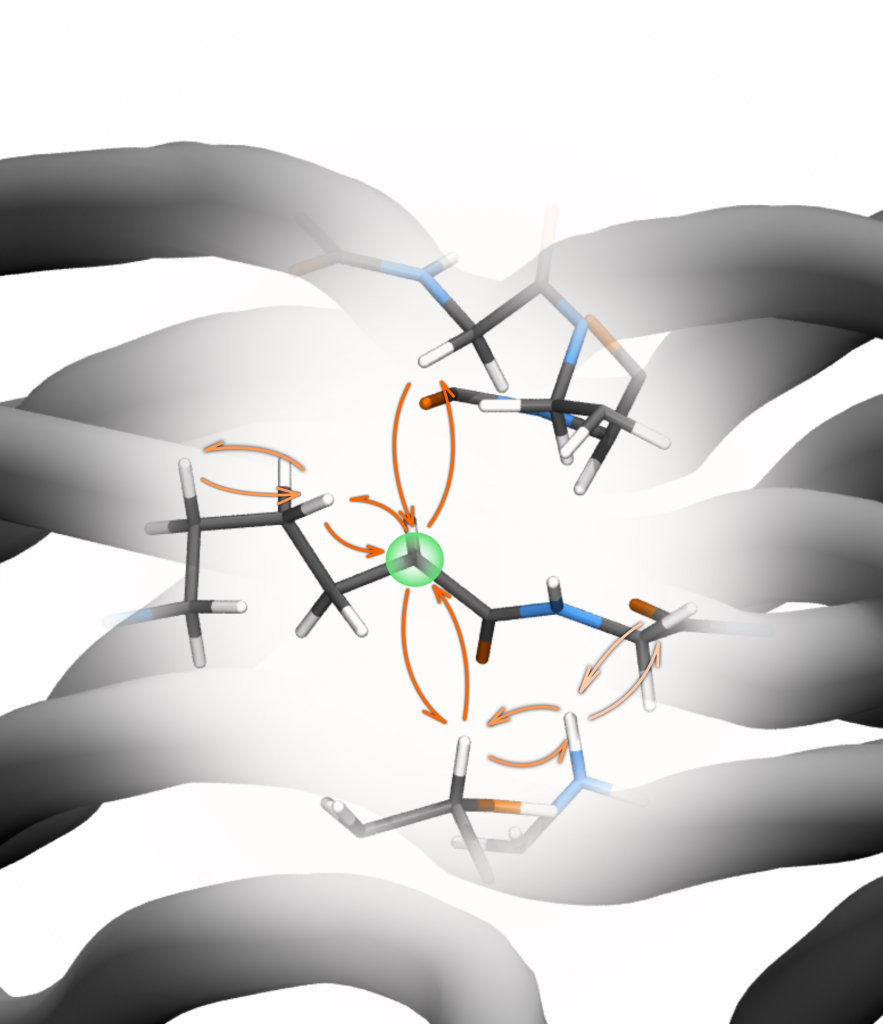Emulation in simulation

“Emulation in simulation” combines HITS’ expertise in computational statistics and numerical simulation to develop a new generation of surrogate model tools. The project addresses substantial problems in astrophysics and molecular biology in concert with methodological and code development. Physical processes act on a wide variety of spatial and temporal scales. Up to now, this is typically addressed with ad-hoc models and so-called “sub-grid scale” physics. We believe that a complementary use of methods from computational statistics and machine learning can lead to a new quality of efficient simulators. The three subprojects are closely intertwined and will run in parallel, to allow for application driven methodological development, joint code development, and shared experiences and problem solving.
Contributors:
Tilmann Gneiting (CST)
Frauke Gräter (MBM)
Friedrich Röpke (PSO)
Members:
Kiril Maltsev (PSO)
Kai Riedmiller (MBM)
Ghulam Abdul Qadir (CST)
Evgeni Ulanov (CST, MBM)
Publications:
| Zapp et al, Nat Comm 2020 https://pubmed.ncbi.nlm.nih.gov/32385229/ Rennekamp, JCTC, 2020 https://pubmed.ncbi.nlm.nih.gov/31738552/ |
Subproject A: Emulators for reactive Molecular Dynamics simulations (Kai Riedmiller, Evgeni Ulanov)
(Bio)materials are perpetually subjected to external stimuli such as mechanical stress or light exposure, causing a plethora of radical-mediated chemical reactions (Zapp et al., NatComm. 2020, Rennekamp, JCTC, 2020). These processes often deteriorate the material’s properties leading to ageing. We aim at developing reactive MD simulations by emulation of chemical reactions during the simulation.
Subproject B: Stellar evolution emulators (Kiril Maltsev)
Stars are fundamental building blocks of the visible Universe and play a decisive role in a broad range of astrophysical processes. A detailed modeling of their evolution e.g. in a cosmological context is still too expensive and also afflicted with instabilities of the numerical schemes. We therefore propose to construct emulators that reproduce stellar evolution efficiently and reliably.
Subproject C: Novel methodology for emulators (Ghulam Abdul Qadir)
A plethora of applied challenges call for the development of novel data science methodology for emulators, particularly in the ubiquitous setting where the model outputs are multivariate. In the extant literature, this challenge has been handled in a very basic way, by developing univariate emulators for each of the output components separately. For truly multivariate emulation, we will investigate the use of multivariate Gaussian process models and empirical copula based techniques. A second major methodological challenge that we propose to tackle is the development of calibrated emulators (i.e., emulators augmented with reliable interval predictors), by training the underlying neural network or Gaussian process model with proper scoring rules. In this context, we will also address questions of appropriate performance measures for evaluating emulators.